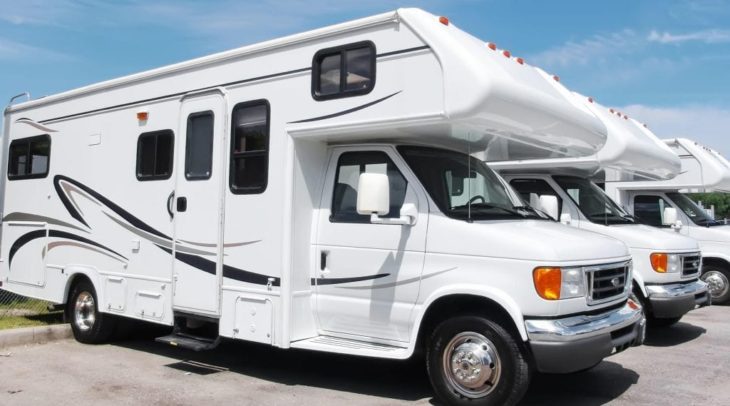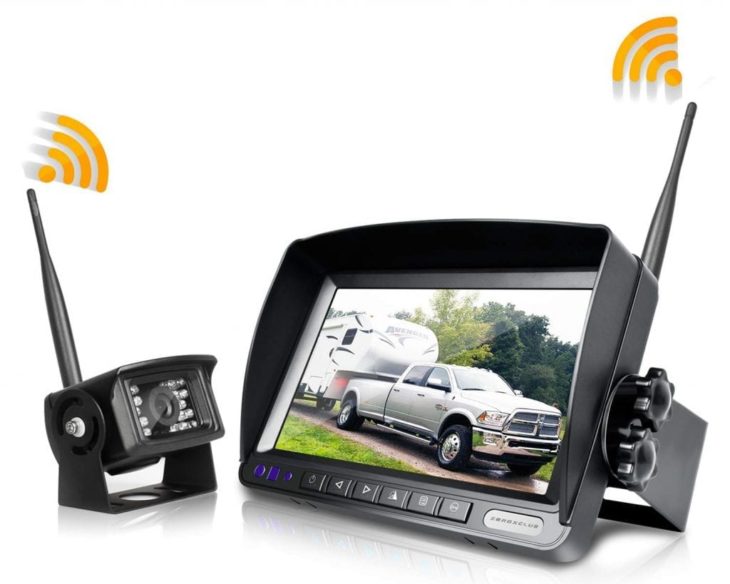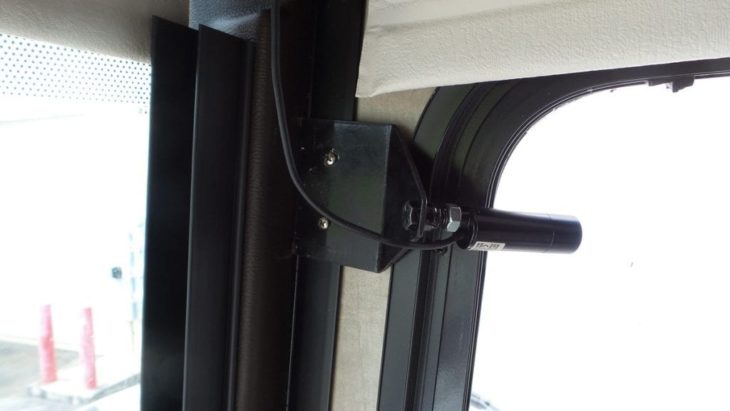All of us know that if the vehicle is large, the blind spots will be large too. One of the most difficult vehicles to back up and drive in heavy traffic is an RV. Newer models of vehicles come with an RV backup camera, but older models do not. Thousand of RV owners are still driving with huge blind spots, which makes it more dangerous for them to drive. The one thing to do is to install an RV backup camera, designed for vehicles as a means to keep everyone inside, safe.

Img source: circuscircus.com
Contents
How to choose a backup camera
The most difficult thing to do is to choose which camera you will use for your vehicle. As you are searching for the camera, it is important to decide which characteristics are the most important for you. Do you want to have remotes and sensors or do you want a stable connection from your camera to your screen? The question that you also might ask yourself is where to mount the camera.
The installation process will rely on the camera you decide to buy, so make sure that you know how it all works together. RV backup cameras all come with instructions on how to get the system completely operational for your next trip. Your budget and installation process will affect your decision, so there are some things to consider before you make your final decision.
1. The connection between your camera and screen
Do you want a wired or wireless connection with your screen? It is essential to know the pros and cons of each choice that you make.
Img source: veise2008.en.made-in-china.comWired RV backup cameras
Wired backup cameras include a long cable that will run from the camera all the way to your screen in your RV. This kind of connection is consistent, which makes sure that you will have a reliable video feed at all times. One of the problems that might occur is that the cameras are not waterproof, which makes the equipment more prone to corrosion.
Wireless RV backup cameras
Wireless backup cameras are the ones that most drivers choose to install. Why is that? You do not need to waste time to install a very long cable. Wireless RV cameras offer a clear view during the day and night, without the need for a cable. Of course, with pros come cons as well. Wireless signals can sometimes interfere with each other, so if you drive next to a vehicle with a wireless camera or any other device that has a similar signal, your video feed might be cut off. But, there are now digital no-interference wireless cameras that prevent this from happening. If you are looking for a camera that is reliable and the signal is not interrupted one of the best wireless cameras is the „XROOSE wireless camera.“ It is easy to install and use, there is a one-year replacement warranty, it is waterproof, and it displays high-definition videos.

Img source: bestdashcameras.com
2. Mounting the camera
The next choice you have to make is where to mount the camera. There are several choices, and the choice depends on the vehicle itself.
1) Surface mounted cameras
As the name says, surface-mounted RV cameras can be mounted on any outside surface. Usually, they are mounted high up on the back of the RV. If you have a large RV, this is one of the best options for you.
2) Flush-mounted cameras
If you want your camera to be unnoticeable, you can mount it through a hole in your RV. If you choose to mount your camera like this, you will get a clearer picture, but you might lose the depth perception.
3) License-mounted cameras
If you do not want to drill a hole on your RV, why not use your license plate which already has holes in it? If you choose this option, your RV backup camera will be closer to the road.
Of course, the cameras are useless without a screen to view the feed on. The screen plays one of the biggest roles in your safety after you install the cameras, so make sure that you choose one that has a high resolution and that gives you a clear picture.

Img source: videos.cctvcamerapros.com
Conclusion
If you do not want to worry about backing up into something while driving and RV, backup cameras are the best way to keep you and anyone in the vehicle safe. Be sure to check the connection between the cameras and screens each time you are planning a big trip.
